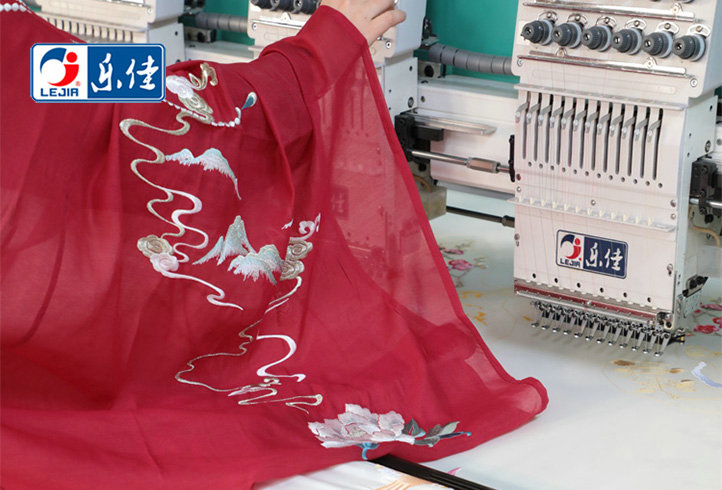Summary:Three-dimensional embroidery process: Three-dimensional embroidery (3D) is a three-dimensional pattern formed by wrappin...
Three-dimensional embroidery process: Three-dimensional embroidery (3D) is a three-dimensional pattern formed by wrapping EVA plastic inside with embroidery thread, which can be produced by ordinary flat embroidery.
Solid three-dimensional embroidery is an embroidery technique in which padding and material are added to reflect the three-dimensional effect.
Uses: 3D embroidery is usually used on hats, sneakers. If you mix ordinary embroidery and 3D embroidery, the embroidery can produce a strong visual effect.
Note: The padding material is made of foam sponge and styrene board that do not interfere with the embroidery, and its thickness is in the range between the presser foot and the fabric (3-5mm).
 Three-dimensional embroidery features:
Three-dimensional embroidery features:1) It can reflect the volume and three-dimensional feeling that cannot be reflected by the thread alone, making the embroidery pattern more three-dimensional.
2) The upper thread has a three-dimensional effect on the fabric, which can better highlight the depth and luster of the color.
3) Even embroidery materials with a narrow embroidery range, such as hats, can present large patterns.
Computer embroidery three-dimensional embroidery process selection of materials and brands need to pay attention to those aspects.
First:
The quality of the embroidery board, that is, the plastic board mentioned above: the embroidery board should choose the embroidery board with good toughness and moderate hardness, and the board spacing is uniform. There are many embroidery boards used by no-name brands or DIY kits on the market, which are soft embroidery boards. This kind of embroidery board has a large grid. After the embroidery is finished, the embroidery thread is not filled enough on the embroidery board. Because the board is soft, the finished product cannot stand up normally after the show, and it is easy to deform. Works embroidered with such materials can only be painstaking efforts by the embroiderers in vain.
Second:
The thickness of the embroidery thread should be uniform, the thickness should be just suitable for the embroidery board, and it is corrosion-resistant. Embroidered works with uneven thickness of embroidery thread are very ugly, and if the embroidery thread is too thin, the bottom plate will be exposed, which will affect the beauty of the finished product, and if it is too thick, the thread will not be drawn smoothly during embroidery. It is easy to damage the embroidery board.
Third:
Pay attention to the accuracy of the drawings: There are many brands or DIY kits on the market, and the drawings used are more or less problematic. It may be that the embroidery threads do not match the drawings, or the number of embroidery threads is different from the required number of drawings, or It is the color matching of the drawings that is not beautiful, and so on, which needs to be paid attention to when choosing.


